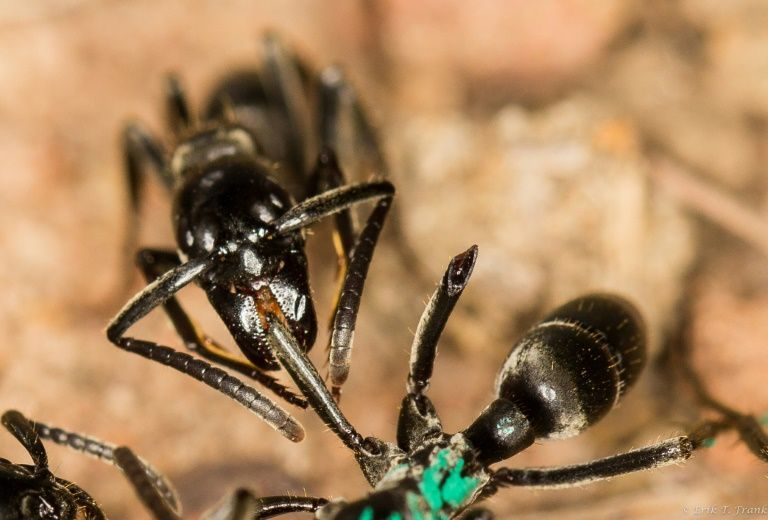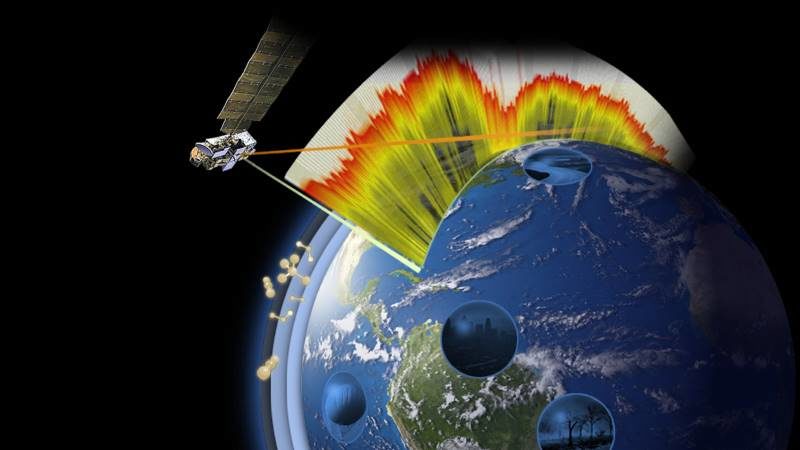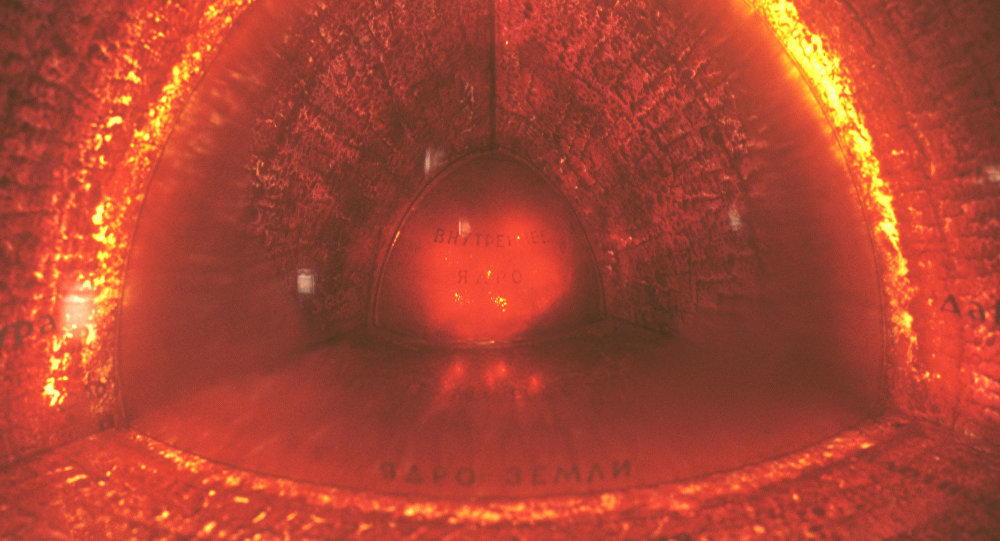
© Erik Frank, AFPAfrican Matabele ants dress the wounds of injured comrades and nurse them back to health.
African Matabele ants dress the wounds of comrades injured during hunting raids and nurse them back to health, according to an "astonishing" discovery reported Wednesday.
After collecting their wounded from the battlefield and carrying them back home, nestmates become medics, massing around patients for "intense licking" of open wounds, according to a study in the journal
Proceedings of the Royal Society B.This behaviour reduces the fatality rate from about 80 percent of injured soldiers to a mere 10 percent, researchers observed.
The study claimed to be the first to show such nursing behaviour in any non-human animal.
"This is not conducted through self-medication, as is known in many animals, but rather through treatment by nestmates which, through intense licking of the wound, are likely able to prevent an infection," said study co-author Erik Frank.
He contributed to the research when he was at the Julius Maximilian University of Wuerzburg in Germany, and continues his work at the University of Lausanne in Switzerland.
Frank had also taken part in a previous study, published last year, describing the ants' battleground rescue behaviour.
The new research focused on what happens to the injured back in the nest.




Comment: In other words, while they've identified their errors, they have no idea how it could have happened. There may be some clues in Electric Universe theory, as well as other 'fringe' areas of scientific research: